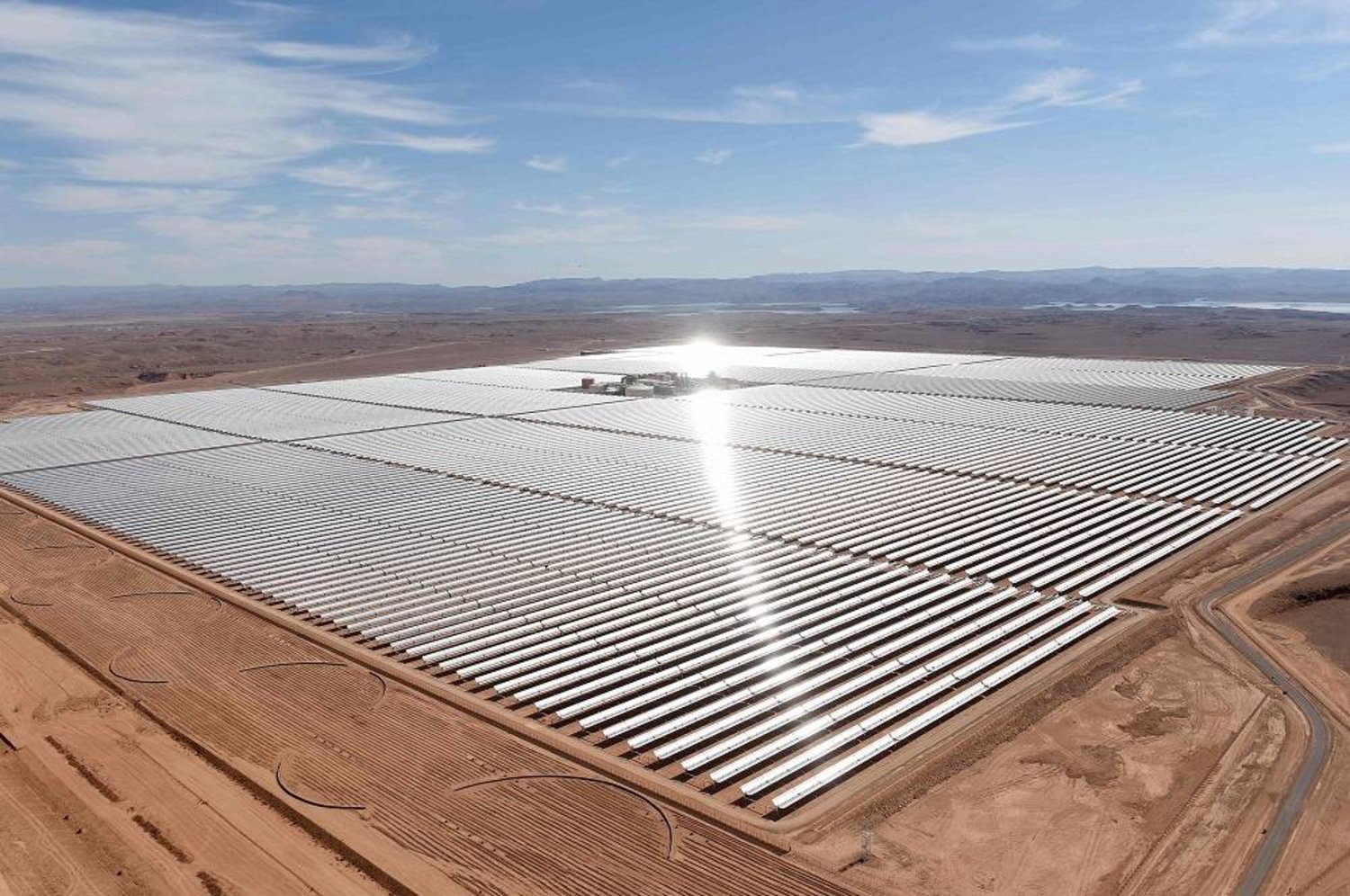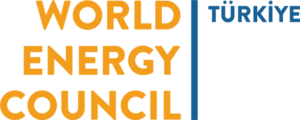
The Moroccan government is betting on green hydrogen to spearhead its sustainable energy transition.
One million hectares of land have been earmarked in Morocco for green hydrogen projects, the government announced in a statement on Monday.
As part of the first phase, 300,000 hectares will be made available to investors, both foreign and domestic.
Green hydrogen refers to hydrogen that has been produced through electrolysis by using renewable energy, rather than relying on electricity generated by fossil fuels.
This hydrogen can then be used as a clean energy source, only generating water vapour and heat as byproducts.
According to the Moroccan government, hundreds of national and foreign investors have already expressed a “keen and real interest” in the project.
Officials assert that the initiative will allow the country to “occupy a privileged position” in the development of renewable energies by capitalising upon Morocco’s “rich and diversified natural resources, its strategic geographical position, its world-class infrastructure and its skilled human capital”.
Although Morocco has small oil and gas reserves, it is well-positioned to generate green energy because of its abundant solar and wind resources.
Unlike other countries in the region, it also enjoys political stability, a reassuring sign for investors.
Morocco hopes to produce 52% of its energy from renewable sources by 2030, and the government has been heavily investing in infrastructure to meet this target.
Financial institutions such as the World Bank, the European Investment Bank, and the African Development Bank have already provided funding for sustainable energy projects in the country, which is notably home to the Ouarzazate Solar Power Station – the largest concentrated solar power facility in the world.
For the time being, Morocco is nonetheless still reliant on imports for about 90% of its energy needs, and it is still heavily reliant on fuel sources.
62% of the nation’s electricity production came from burning coal, gas and oil in 2022, whereas only 21.3% came from wind and solar power, and 16.7% came from hydroelectricity.
Source: EURONEWS
